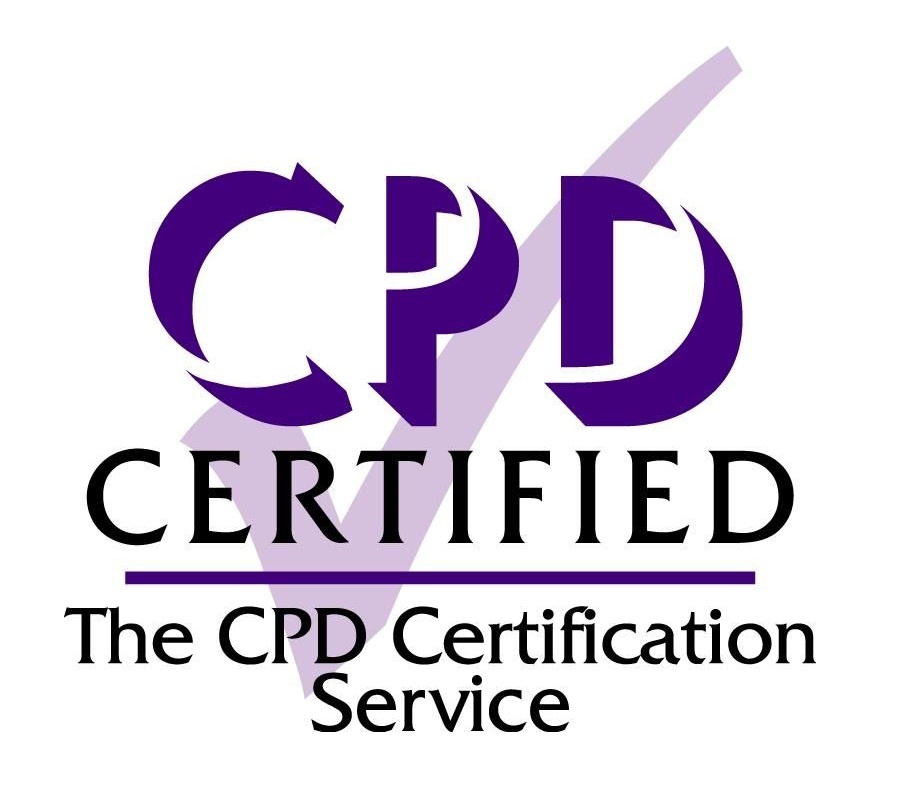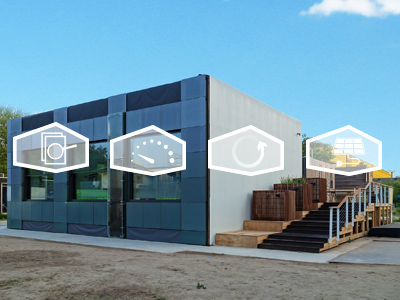Overview
Gain insights and learn to use appropriate tools to develop spatial strategies, plans, and actions to support the transition toward circularity in your city or region. Play a leading role in bridging disciplinary silos by taking a holistic and systemic approach toward sustainable spatial development.
This course will provide you with the latest knowledge and insights into proposals and practices in the transition towards a circular economy and help you to produce innovative solutions to the challenges for spatial development.
After finishing this course, you will be able to explain how circularity is related to spatial development in cities and regions. You will gain knowledge of the circular economy in general and the specifics that apply at the regional level. You will learn how to identify and develop spatial strategies that stimulate the circular economy in a region and understand their multi-disciplinary and multi-scalar nature, and examine how these strategies conform to regional spatial and circularity strategies and the correlated actors.
Widespread principles for circular city (regional) planning often reduce the challenge to the redesign of value chains, aiming to reduce waste and pollution as well as keeping resources and materials in loops as long as possible. They ignore the fact that the transition also has a spatial aspect to consider. Future circular cities and regions will look different, and need different forms of infrastructure, buildings, open spaces, urban configurations and relations between the city and the countryside.
In this course you will learn how to integrate these spatial aspects into the development of circular strategies. Devising circular regions and cities is a complex collaborative process and requires multi-stakeholder cooperation as well as a horizontal and vertical integration of policy. You will be introduced to theories, methods, and tools that allow you to bridge the disciplinary silos and become a key player in the circular economy planning and policy-making of your cities and regions.
TU Delft's Circular Built Environment Hub has designed and developed this course, working with leading industry and research partners, to achieve a higher level of applicability and relevance. This course builds upon the work that was developed in two large international EU funded research projects. REPAiR – resource management in peri-urban areas and CINDERELA where we are collaborating with ten metropolitan regions across Europe.
This course is very much hands on. We encourage learners to use their own city-regions as test cases. But if you are not confident or lack data from your region, we have prepared a Dutch case (serving also as a reference case) so that you can still apply the skills you’ve acquired in practice immediately.
In modules 2, 4 and 5 of the course, the instructors will offer to all learners online, live feedback and discussion sessions. The three online sessions will be 15:00-17:00 pm (Amsterdam time) on Wed. 22 Oct.; Wed. 5 Nov., and Wed. 26 Nov. (attendance to all sessions is preferable but attending one is at least mandatory; the discussions will be recorded for those unable to attend).
What You'll Learn:
During the course the learners will learn to:
- explain the key concepts and principles of circular regional spatial development.
- analyze existing governance approaches to integrating circularity principles into regional development visions by applying the transition awareness tool (governance).
- map and analyze the significant elements of specific value webs and their spatial patterns in a region, by applying different methods (AS-MFA - Activity based Spatial Material Flow Analysis, Systemic Diagram, Systemic Section and Integrated Mapping).
- identify strategic spatial interventions from real-life examples, based on principles of circular regional development.
- develop a narrative for a strategy, that is relevant and feasible in a given institutional context and robust in respect to uncertainties of long-term regional development.
- benchmark the route of a city and region along with the transition from linear to circular in comparison to other regions as a means of looking for opportunities for knowledge transfer.

CPD Accreditation
The content of this course has been certified by the CPD Certification Service as conforming to Continuing Professional Development principles. If you successfully complete this course you can store your Continuing Professional Development on myCPD Portal.
Quotes from learners
‘As someone with a previous background on Circular economy, the course Spatial Circularity Strategies helped me to revisit in detail the theories and tools regarding circular economy and systemic design. The continuous display existing cases and practices was especially interesting in order to break down and make room for a ‘spatial’ interpretation on the theoretical complexity. With this structure, the course reinforces the need to be critical on past practices and to continue pushing towards a transition process, by testing, monitoring and evaluating.’ - Felipe Chaves Gonzalez, adjunct expert – architect and urbanist, BUUR Part of Sweco
‘The course was very insightful and pushed me to think about spatial relationships with a new perspective. The course was highly interactive with real projects & pressing issues, and the instructors were very involved in the students’ work and provided personalized and detailed feedback, and insights.’ - Dima Al Srouri, Urban Planning & Sustainable Development Specialist M.Sc. PMP PQP
Details
Course Syllabus:
In the course you will work on narratives for spatial development towards a circular economy in a specific region, either your own city-region or study the cases provided. Dutch cases from practice will serve as examples.
Module 1 Introduction to circular regional spatial development visions
The focus of the first module is on the key concepts and principles of a circular region. The principles and dimensions of a circular regional spatial development vision will be discussed.
What is a regional spatial vision and strategy?
What is a circular region?
What are the dimensions that connect the two?
Module 2 The transition awareness tool
In the second module you will analyze different existing governance approaches to integrating circularity principles into regional development visons.
You will apply the transition awareness tool to your region, if possible with several of your colleagues. You will conclude which aspects your region are most advanced, and which need the most attention.
Module 3 Methods for spatial analyses and intervention
The third module is about mapping and analyzing the significant elements of specific value webs and their spatial patterns in a region. You will broaden your understanding of urban metabolism and the territorial relations of a circular economy, morphology and systemic design. Four different methods of spatial analysis will be explained and applied to the existing situation of your region and help you to propose a more circular economy alternative: AS-MFA - Activity based spatial material flow analysis, Systemic diagram, Systemic Section and Integrated mapping.
You will draw conclusions about the relation of flows and stock from the morphological patterns of your chosen region.
Module 4 Strategic interventions
In the fourth module you will learn from real examples. You will identify strategic spatial interventions based on principles of circular regional development.
We will discuss why they are strategic and what makes them integrative. You will be able to identify one or two strategic interventions in your region to work on.
Module 5 Develop a narrative for a strategy
In the last module concentrate on developing a narrative for a strategy that is relevant and feasible for your context. The focus is on making the narrative robust in respect to uncertainties of long-term regional development.
You will be able to express the narrative of the strategy for your region: a future that people aspire to. You will learn from practical experience how to go from the narrative to implementation. We will also look back with you on what you have achieved and what you still need. You will reinforce the means of moving from narrative to implementation.
Qualifications
Certificates
If you successfully complete this course, you will earn a professional education certificate and you are eligible to receive 4.0 Continuing Education Units (CEUs).
Chartered Engineering Competences
All our online courses and programs have been matched to the competences determined by KIVI’s Competence Structure, a common frame of reference for everyone, across all disciplines, levels and roles.
These competences apply to this course:
- A1: Extend your theoretical knowledge of new and advancing technologies.
- D1: Identify all stakeholders and communicate with others at all levels.
- E3: Undertake engineering activities in a way that contributes to sustainable development and a circular economy.
Admission
This course is primarily geared towards working professionals.
Prerequisites:
You are either working or studying in the field of spatial planning or circularity and are interested in bridging the gap between them. This course is at an advanced level.
Contact
If you have any questions about this course or the TU Delft online learning environment, please visit our Help & Support page.



